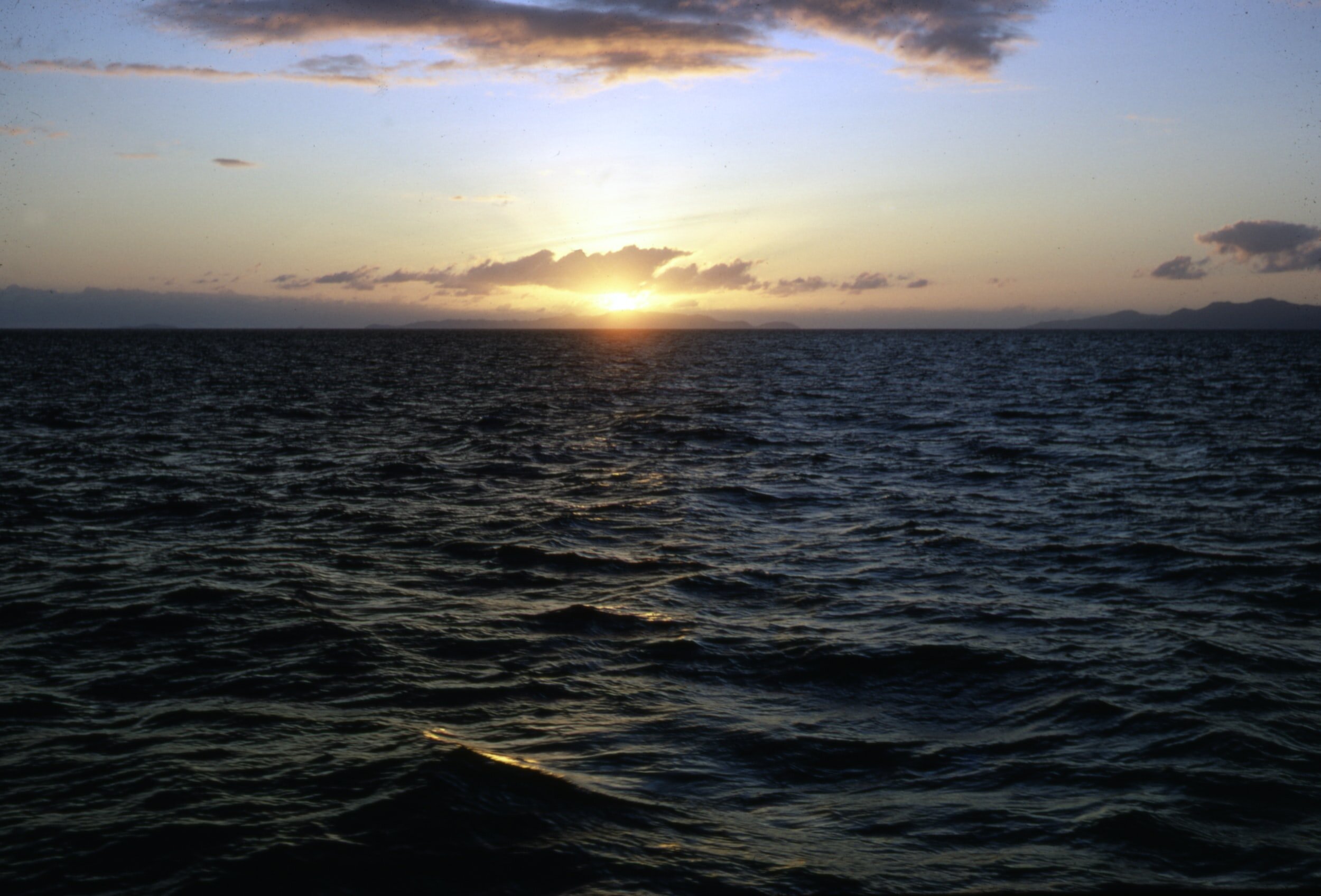
Securing the Global Commons, One Connection at a Time.
Vision
Global Maritime Werx (GMW) is building a Zero Trust software platform that unites mobile applications, edge computing, and cloud-native services to secure and modernize maritime operations across the global commons. This integrated architecture not only protects data and critical OT systems but also enables real-time collaboration, advanced analytics, and operational insights for researchers, commercial fleets, and maritime forces—even in disconnected or contested environments. By combining continuous identity enforcement, encrypted data flows, and scalable interoperability, GMW delivers the foundation for trusted cross-sector innovation and mission continuity worldwide.
Mission
"Securing the Global Commons, One Connection at a Time."
Why we exist
Dream it.
It all began with a desire to change how distributed maritime professionals discover and securely interact with locally provisioned software services, retrieve authoritative mission data, and leverage Machine Learning (ML) models while operating at the tactical edge.
Build it.
Proven Agile development methods and DevSecOps pipelines reduce software development lifecycles to the speed of relevance. Accelerating integration and delivery of innovative features like software-defined tactics, actionable data sets, and ML models, are what today’s fleet operators need.
Deploy it.
Fleet users know that software updates for legacy workstations can take years to release and distribute. Through our DevSecOps pipeline updates to our mobile apps and companion Tactical Edge services, along with refreshed mission-oriented data sets and refined ML models, take a fraction of that timeline.
“In future crises and conflicts, the side that adapts faster and demonstrates the greatest agility – to include rapidly updating and promulgating fielded software and AI models – is likely to gain a significant competitive advantage.
For the United States to retain its dominant position in the future – which is not a guaranteed outcome – the DOD needs a new design and architecture that will allow it to be far more flexible, scale on demand, and adapt dynamically to changing conditions.
The only way for the DOD to stay competitive in this new warfighting environment is to ensure that it uses the most potent weapon available: technology, and more specifically, software.”
Recognizing the challenges of updating legacy systems to respond to emerging fleet needs, GMW embraced a “Tactical Edge First” strategy, both in the development and deployment of Tactical Edge Mobile Apps, companion Zero Trust Edge Gateway (ZTEG) Services, and Cloud-based Services that enable global scalability.
While the mobile app movement has dramatically changed how we interact as a global society, the emergence of mobile apps specifically designed to address operational and tactical needs is just now taking shape. The forthcoming Cryptologic Electronic Warfare Support (CrEWS®) mobile app is our initial Electronic Kneeboard (EKB) offering to the fleet.
Similarly, distributed and containerized services are making their way onto US Navy ships through the Consolidated Afloat Network Enterprise Services (CANES) program. While these Operational edge computing capabilities leverage ruggedized higher-end computing resources similar to those found in commercial cloud computing offerings, a complementary class of smaller and power-efficient Tactical Edge computing capabilities are needed for rapid deployment aboard fixed wing and rotary wing maritime aircraft, or carried by tactical warfighters on the move. Our IoT-based Zero Trust Edge Gateways (ZTEGs) are designed to fill these emerging needs for maritime forces, maritime enterprises, and ocean researchers alike.
What we do
Software Engineering
We specialize in the research, design, development, testing, integration, and fielding of innovative Mobile Apps, Tactical Edge computing devices, and cloud-native infrastructure services.
Systems Integration
To reduce end-user workload our mobile apps integrate information updates provided by authoritative data sources. Additionally, our apps are capable of integrating organically collected content (data, or information) including geospatial and navigational information, mission planning files, and live sensor streams (think Tracks, Contacts, Still and Motion Video).
Training
Our founders have a significant amount of time at sea, in the air, at schoolhouses, and at fleet training commands. We leverage this experience as we work alongside those engaged in the development/refinement of companion training materials - we plan to have available through a touch of a button.